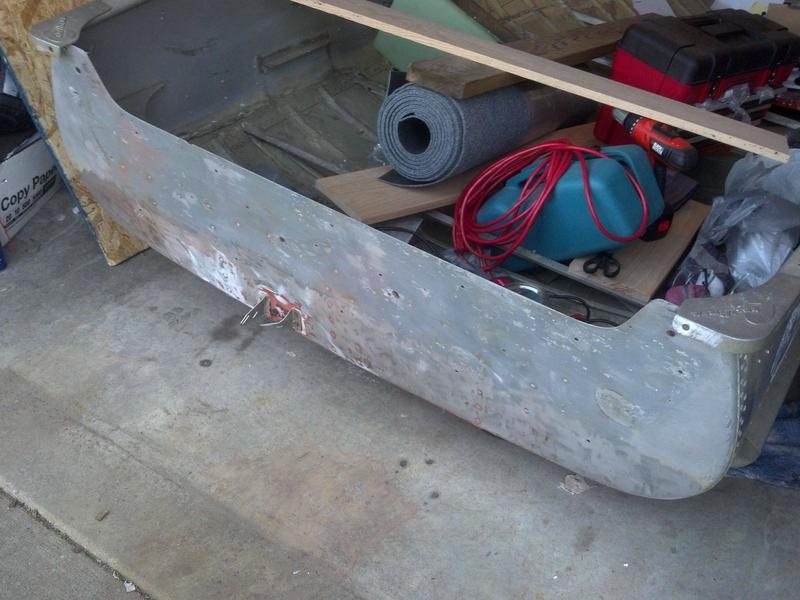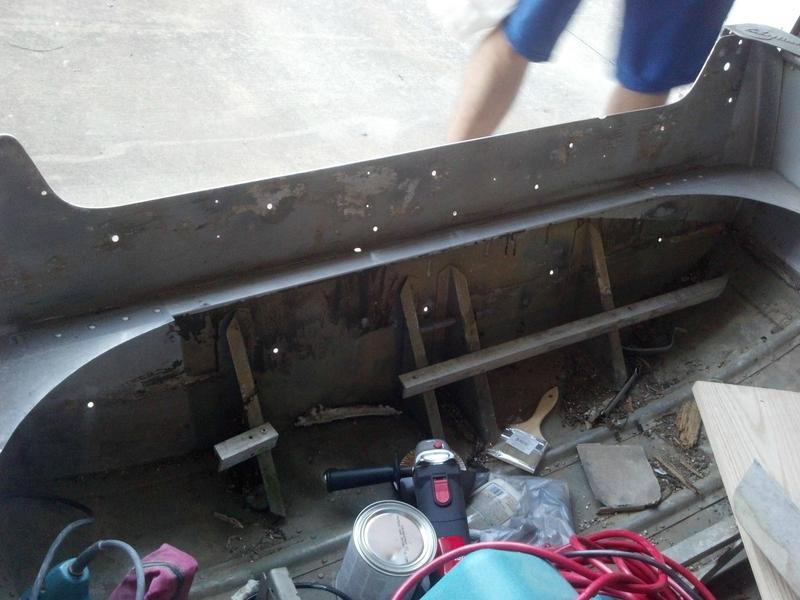chrisharriman
Member
- Joined
- Apr 19, 2012
- Messages
- 6
- Reaction score
- 0
I picked up a 57 Crestliner on craigslist that I'm restoring/converting to a usable fishing boat. The transom was rotten so I'm rebuilding it, but I have a few questions for those more experienced than I:
1. I'm using plywood that I intend to treat with spar urethane. The outside requires a thickness of about 1 inch so I'm gluing together two 1/2 inch boards. Am I supposed to glue them together first and then treat with the spar or the other way around?
2. Am I supposed to put another piece of spar treated wood on the inside of the boat? It seems that this can go either way and I haven't found a definitive answer yet.
Over the course of this project I will have many more questions for this forum, but for now I just want to get the boat solid enough to put on the water. You guys have been a great inspiration so far and I can't wait to share my work with you all!
1. I'm using plywood that I intend to treat with spar urethane. The outside requires a thickness of about 1 inch so I'm gluing together two 1/2 inch boards. Am I supposed to glue them together first and then treat with the spar or the other way around?
2. Am I supposed to put another piece of spar treated wood on the inside of the boat? It seems that this can go either way and I haven't found a definitive answer yet.
Over the course of this project I will have many more questions for this forum, but for now I just want to get the boat solid enough to put on the water. You guys have been a great inspiration so far and I can't wait to share my work with you all!




